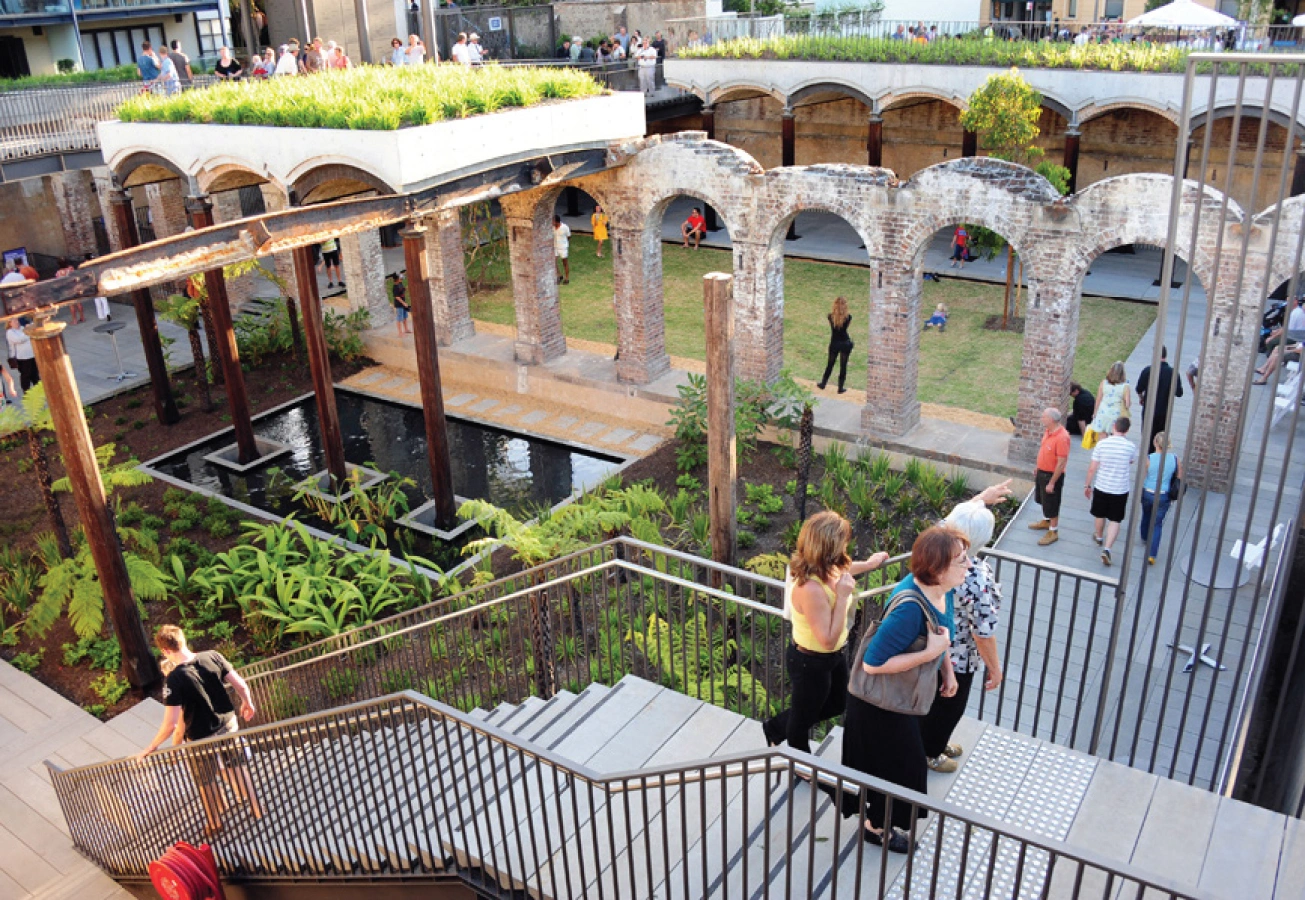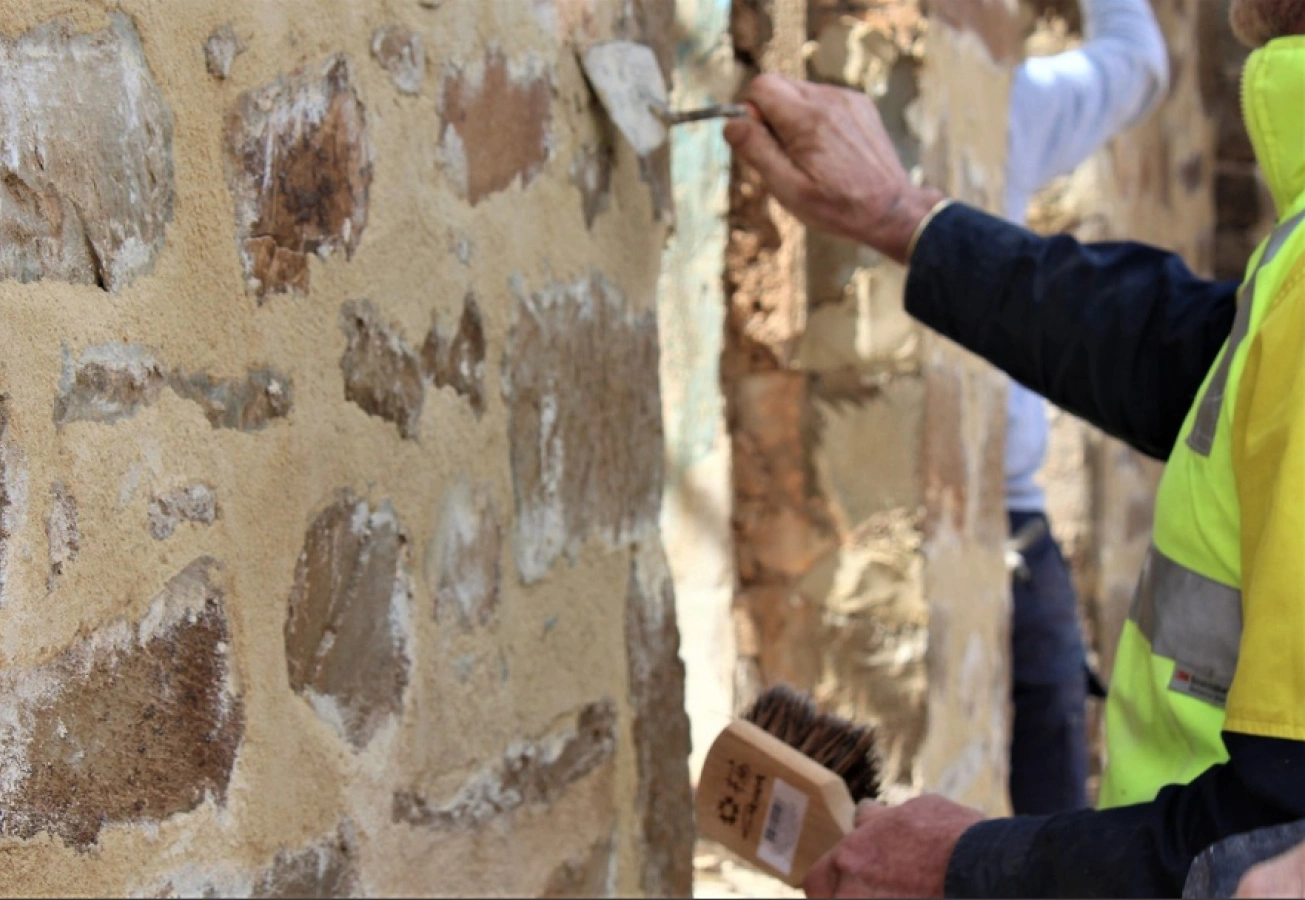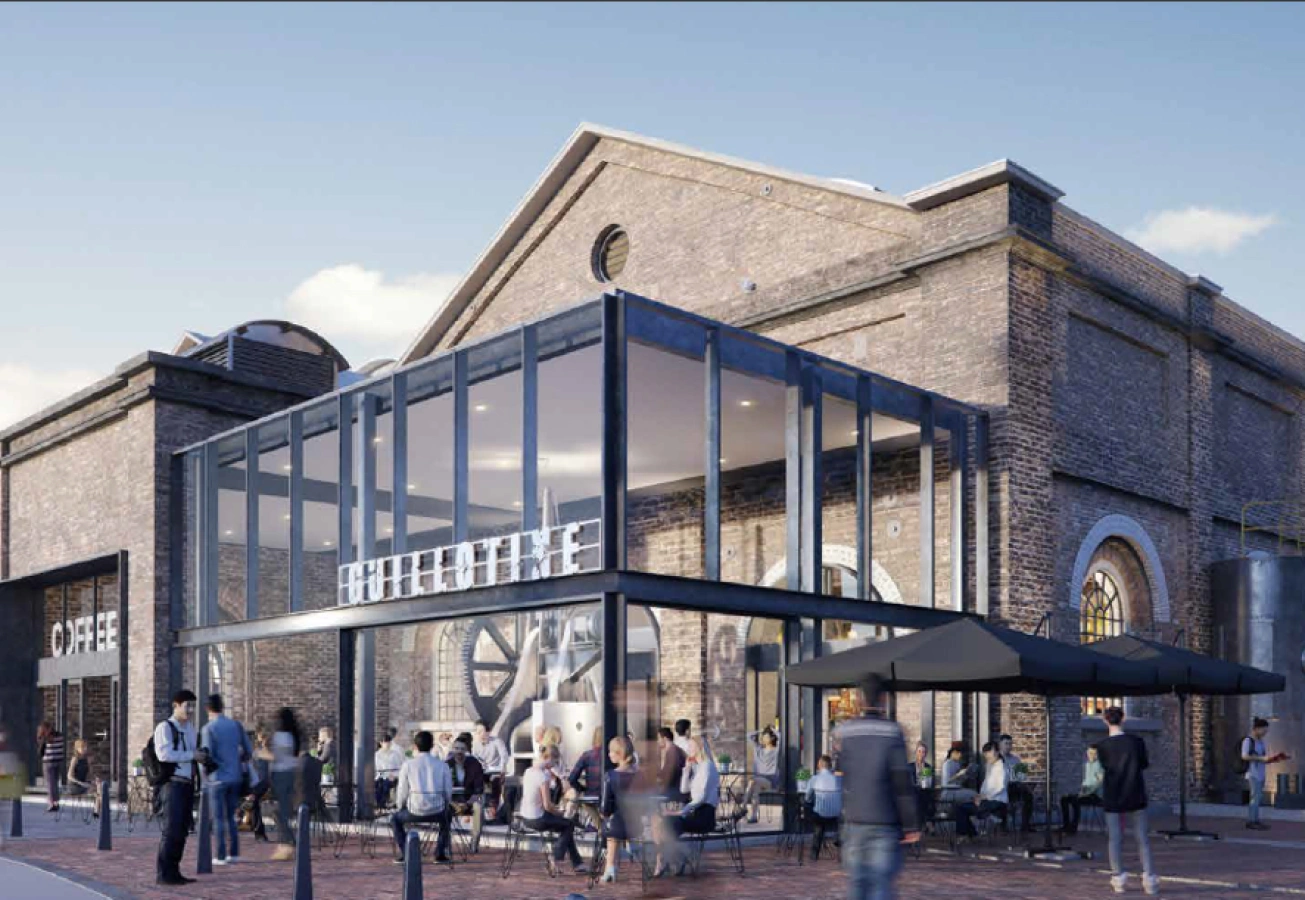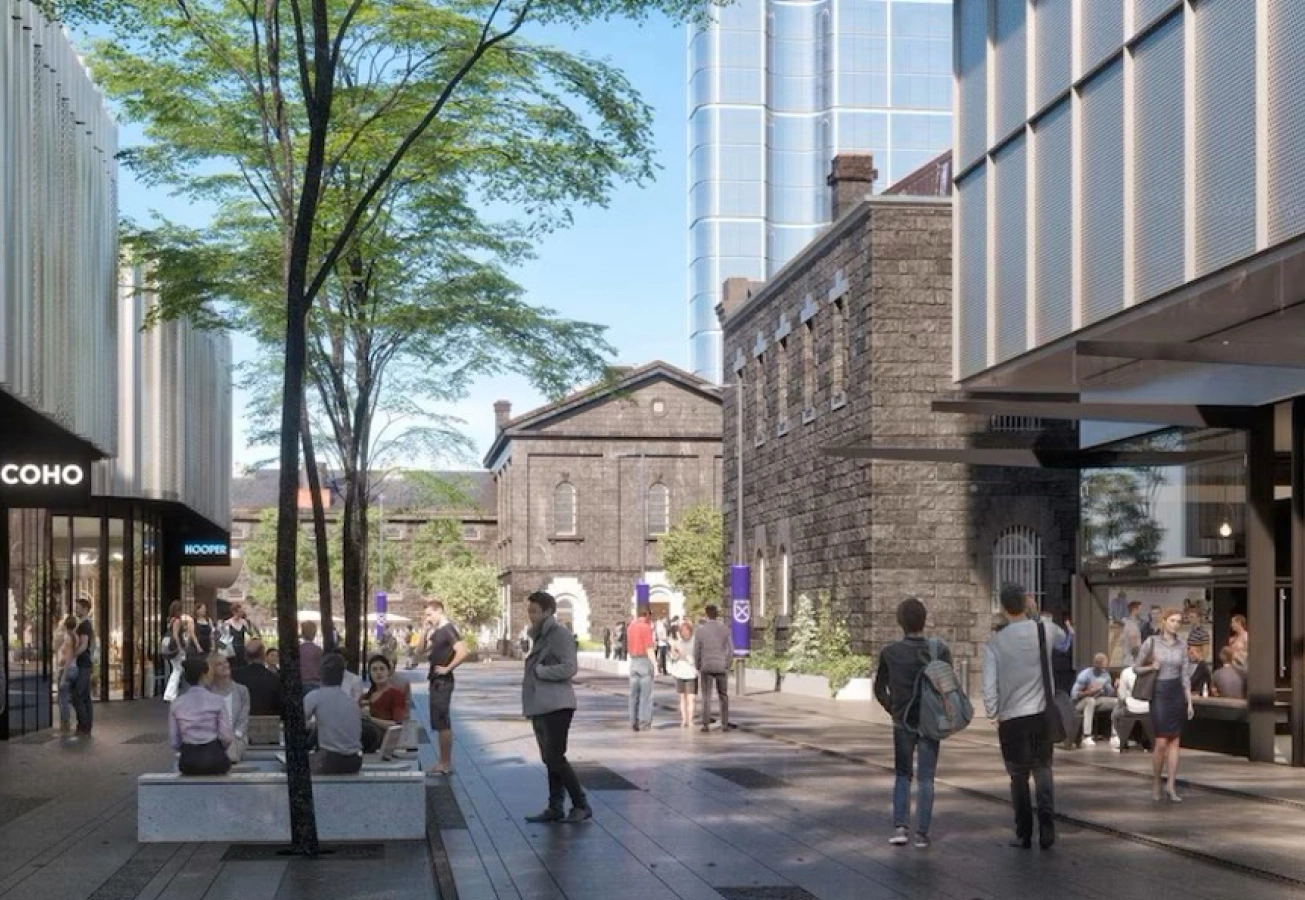What is Heritage Conservation?
Heritage is the legacy of places, items and cultures that we value from the past and which we wish to maintain for future generations. Heritage conservation is the process of looking after historical cultural heritage sites by dealing with actions and processes that are aimed at safeguarding the character-defining elements of a cultural resource so as to retain its heritage value and extend its physical life.

Adaptive reuse of Paddington Reservoir (NSW)
Our approach to conservation of The Berrima Gaol site
As part of our proposed adaptive reuse of the site of the former Berrima Gaol items of high heritage significance will be retained, repaired, restored and reused, giving a new purpose and value to the site and the community.
Key items of high heritage significance & community interest include:
- the main perimeter gaol walls & entry gate house,
- the walls to the original second entrance gate (1839),
- the governor’s & deputy governor’s residences,
- significant heritage views classified as Exceptional, High & Moderate (refer Conservation Management Plan),
- holding cells (south east corner outside the gaol), and
- the gravel entry path leading up to the main entrance gate house.
The first task we undertook on our journey of discovering what was required was to engage a heritage consultant of a calibre and standing within the professional heritage world & with significant experience in adaptive reuse of heritage sites that could take on such a challenge as the former Berrima Gaol. Step two was to develop a Conservation Management Plan (CMP) .The CMP is essential in ensuring an appropriate adaptive reuse of the site and to inform and guide our conservation efforts.
The CMP is comprehensive in its scope. Preparation of the CMP commenced in 2023 and the plan was finalised in May of 2024. Plans for developing the site have been an ongoing process undertaken in concert with the development of the CMP and guided at all stages by our heritage consultant. The CMP is available for viewing on this web site
The CMP has been prepared in accordance with guidelines and statements of best practice set by the Heritage Council of NSW and in accordance with the Australia ICOMOS Burra Charter and its associated Practice Notes.
The purpose of a CMP is to identify the heritage significance of a place and guide the conservation and management of this significance. It is also intended to assist property owners and occupiers to manage ongoing maintenance requirements and future adaptive reuse and development.
The CMP developed for the former Berrima Gaol site is available for viewing by clicking on the link below:

Conservation repair works
What is the heritage significance of the former Berrima Gaol?
The former Berrima Gaol dates back to the 1830’s. Sections of the gaol that survive from this time period survive to this day. The main front gate house and front wall of the gaol date back to 1866. The outer perimeter walls of the gaol (rear wall & side walls) and the second main entry gate wall (inside the gaol) date back to 1839. These parts of the gaol carry state heritage significance. There are a number of heritage listings that apply to the site, both at state and local government levels. Local government heritage listings can be found in the Wingecarribee Local Environment Plan (LEP) and state government listings can be found on the NSW State Heritage Register. Buildings and inmate cells inside the gaol were constructed in the 1940’s or later and are considered more representative of modern day construction and therefore do not hold significance in terms of the 19th and early 20th century heritage. Many of the external walls to these buildings are however constructed from sandstone blocks used in the original 1830’s period construction.
The Conservation Management Plan developed for the site provides further details on heritage significance of the gaol including a formal statement of heritage significance.
What is Adaptive Reuse?
Adaptive reuse is the process of modifying a place or building for a compatible alternative purpose while retaining its cultural heritage value. A good adaptation is sympathetic to the place, its existing components and its historic context, and one that makes changes that enhance and complement the identified heritage values of the place.
Respectful, innovative and high-quality adaptive reuse projects can bring fresh life to a place and improve its long-term financial sustainability. Recent successful adaptive reuse projects in NSW include:
- Carriageworks, North Eveleigh;
- Locomotive Workshop, South Eveleigh;
- Quay Quarter, 50 Bridge Street, Sydney;
- Tramsheds Harold Park;
- Hinchcliff House, Quay Quarter Lanes, Sydney;
- Capella Hotel, Sydney;
- White Bay Power Station, Sydney;
- Smoky Cape Lighthouse Keepers’ Cottages, Hat Head National Park;
- Hill End Heritage Centre, Hill End;
- Sydney Mint;
- White Bay Power Station;
- The Brewery, Chippendale;
- Substation 164, Sydney
OUR APPROACH TO ADAPTIVE REUSE OF THE BERRIMA GAOL SITE
Like many other adaptive reuse ventures there exists a need to strike the right balance between conserving the significant aspects of heritage, being those key fundamental characteristics that give a place its intrinsic heritage value, and the desire to recreate the place into something modern which is open and invites the general community to enter, participate, experience and enjoy.
We are currently working on plans to re-invent the internal spaces of the gaol, create accommodation for people to stay in Berrima, re-purpose the existing dwellings along Argyle Street, and develop the south-west portion of the site to provide for car parking and building services that will facilitate operation of the site. All these works will ensure that key items of heritage significance remain intact in accordance with the principles of conservation management and adaptive reuse.





